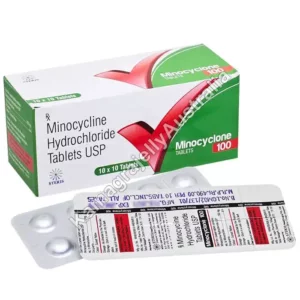
Antibiotic, Bacterial Infections, Bactterial Infection
Odoxil (Cefadroxil)
| Active Ingredient (Generic Name): | Cefadroxil |
|---|---|
| Indication: | Bacterial Infections |
| Manufacturer: | Lupin Limited |
| Packaging: | 10 tablets in 1 strip |
| Delivery Time | 6 To 15 days |
Get 20% Off
Use Code: KA20 @ Checkout Page



Reviews
There are no reviews yet.